When a company files for bankruptcy, creditors often face complex challenges, including the risk of preference claims....

UPDATE: For EXIM Clients Affected by Natural Disasters
Image via: The Atlantic
The Export-Import Bank of the United States (EXIM) has relief provisions in place for exporters and financial institutions located throughout the United States that have been declared federal disaster areas by the Federal Emergency Management Agency (FEMA). EXIM recognizes that the business interests of those exporters, particularly small businesses, and financial institutions that are located in the affected areas understandably will be secondary to more urgent personal and humanitarian concerns over the coming weeks and months. Accordingly, EXIM wants to assure our customers that we will work with you to address the problems you are facing, and will continue to face, as a result of the devastation wrought by these events. To determine if customers are located within federal disaster areas, as well as the incident dates, please go to www.FEMA.gov.
EXIM is offering the relief measures outlined at the below weblink, to our customers located in the described area for an initial period of 180 days (with the possibility of a further extension of the period, at EXIM’s discretion) to enable businesses and financial institutions that participate in our programs to return to their business concerns and EXIM-related obligations at an appropriate time without penalty.
Since 2004, Securitas Global Risk Solutions, LLC (“Securitas”) has helped clients develop credit and political risk transfer solutions that provide value on numerous levels. As an independent trade credit and political risk insurance brokerage, Securitas is focused on developing comprehensive solutions that meet the needs of clients, ensuring a complete understanding of policy wording and delivering excellent responsive service.


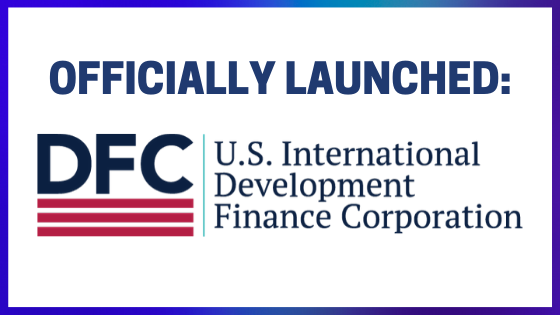
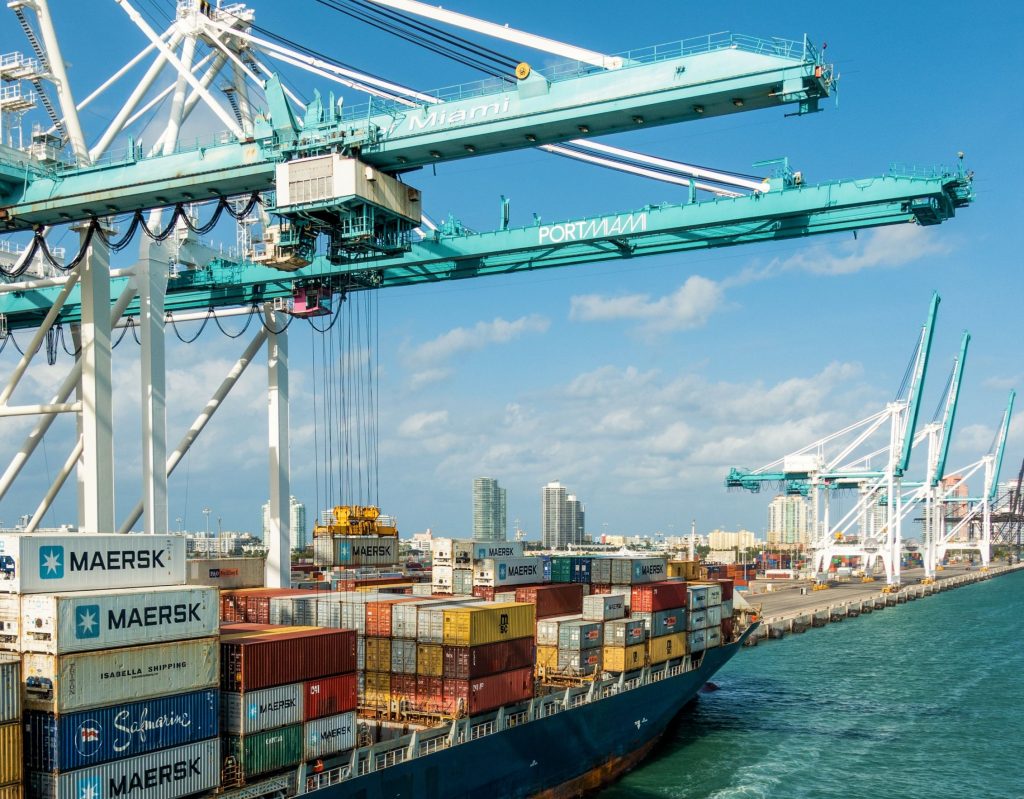



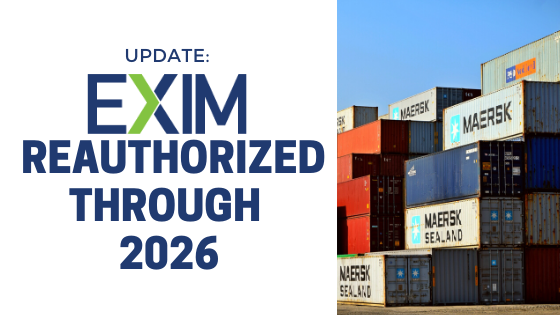



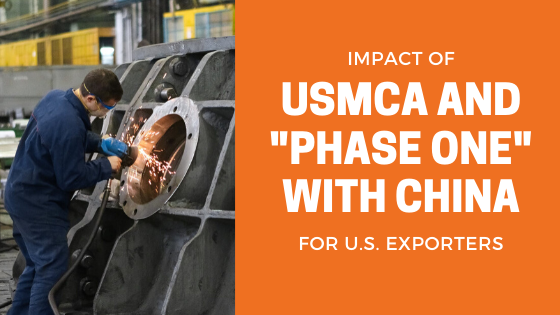
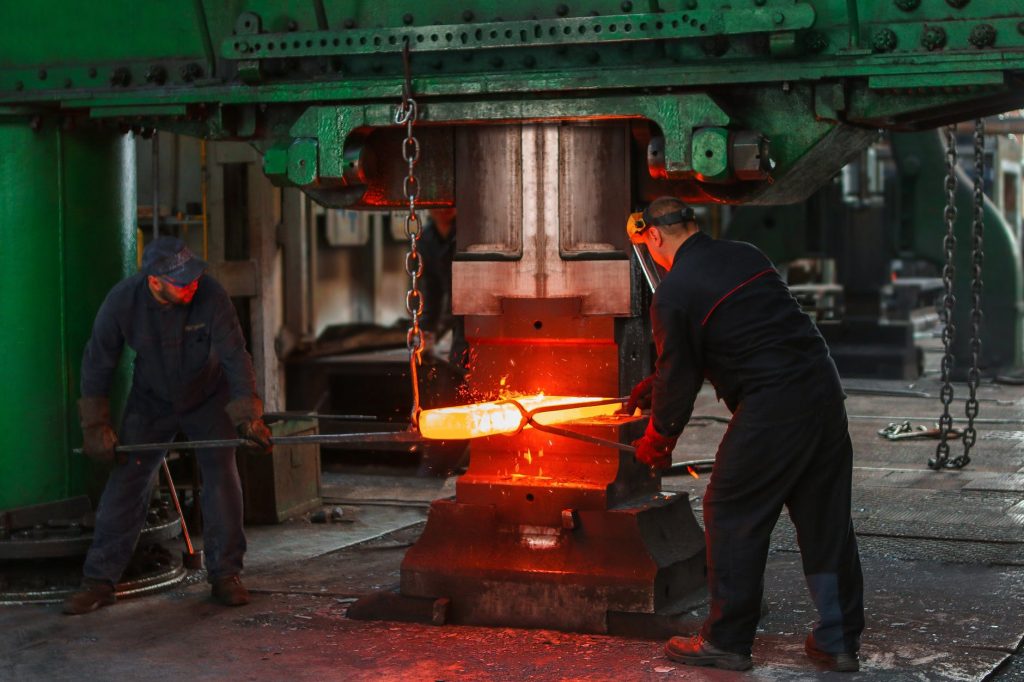


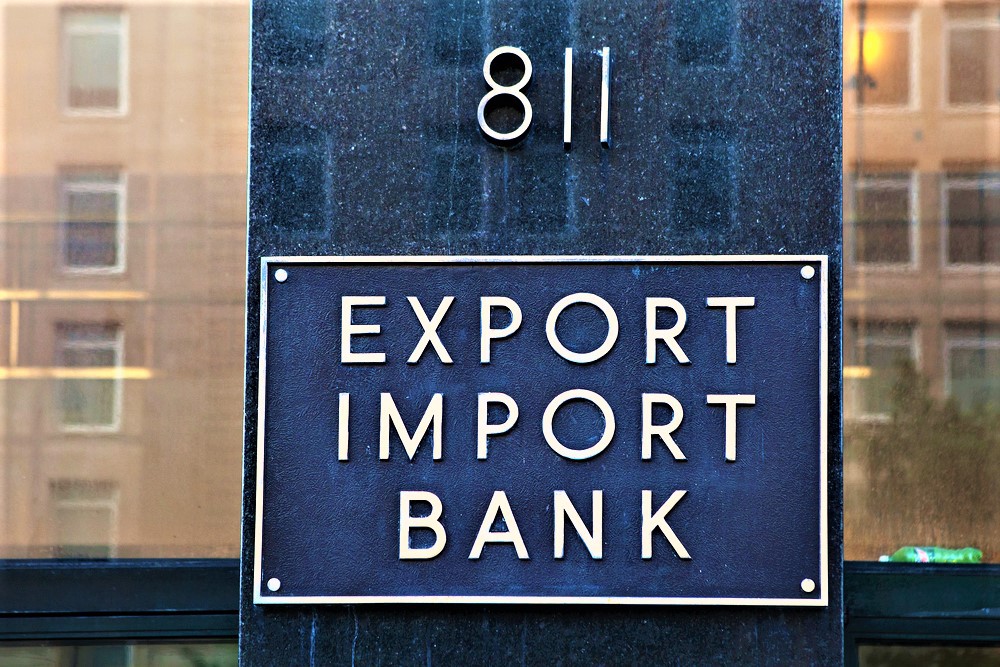
 Get Your Money-Saving Guide For Exporters
Get Your Money-Saving Guide For Exporters